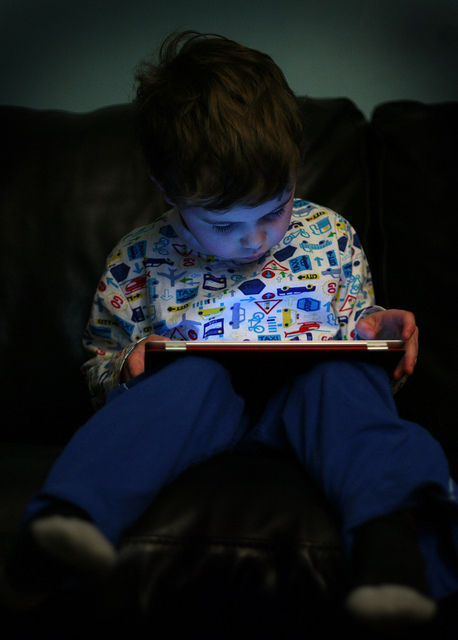When scary things happen in the world, they bring up child-rearing questions.
What do I say to my child? Is it less than honest or authentic to keep world events and news from them? What if they are exposed to it by other children or people? How do I handle the news reports? I want them to feel safe—how can I do that?
Most of my experience working with children who have become anxious over world events or traumas has been related to the natural disaster, accident, and trauma type rather than global terrorism. (This is sans 9/11—the breadth of the anxiety provoked by that attack permeated the reality of the school children I worked with at the time.) However, there are a few simple guidelines for helping children cope with a perceived threat to their safety.
First of all, let’s look at what fear and anxiety looks like in children.
Some children are verbal and ask lots of questions about the issue they are concerned about, so there is no guessing-game to be done about what, exactly, their concern is.
Other children internalize their fear or anxiety and we see these feelings come out in a change of behavior such as difficulty separating from their primary caregivers, sleep disturbances, aches and pains and regressing to an earlier stage of development (such as bed-wetting or resuming sucking their thumbs).
Some children, usually bright children, will overly fixate on the issue at hand and attempt to process facts or research issues that at their level of emotional development, they aren’t capable of handling, which can compound their stress reaction.
Understandably, many parents walk a fine line with their children, striving to be as real and honest as possible—with some parents feeling that full disclosure is a “must” at all times. Other parents are paralyzed by the daunting task of explaining traumatic events to children to the extent that they attempt to hide anything less than a seemingly “perfect” world from their children.
The answers exist somewhere in the middle, with a slight lean toward the perfect world scenario.
Here are some guidelines. Take what resonates and leave the rest. This is less of an attempt at parental coaching and more for providing a bit of support during these trying times:
1. Do not expose your child to any type of media that you wouldn’t mind them seeing in real life.
This can be a quick healthy guideline for television viewing as well. Violence, gratuitous sex, demeaning language? Don’t want your child being face to face with that in real life? Don’t let them see it on television, print media or their device. This goes for images of post-bomb destruction, a city that has been flattened by a tornado or hurricane or an atrocious motor vehicle accident.
2. Don’t play the odds game.
Once, I had a child client who I saw with a post traumatic stress reaction after a tornado had rolled through his town. As a clinician, and an adult, I might have had the urge to try to engage a sense of security by discussing the odds that it would happen again. And I very well may have—if a destructive tornado hadn’t just rolled through the same town during the previous week. Which leads to…
3. Do not make promises you cannot keep.
Try to avoid the, “I won’t ever let anything bad happen to you” or “Nothing bad will ever happen to Grandma and Grandpa overseas” statements. Try statements and conversations that start along these lines: “We put our intentions (prayers, wishes) out there for everyone to stay safe—that is what we have the power to do.” “Yes, we hope that everyone remains healthy and happy” sounds much more believable than “nothing bad will ever happen to Mommy and Daddy.”
4. Take this opportunity to teach children how to replace worries with a compassion practice.
If the child in your life is worrying too much, consider a developmentally appropriate conversation suggesting that every time they have a worry, that is their cue to take five slow, deep breaths, inhaling happiness and love and exhaling love and compassion to anyone who is dealing with that current worry (for example, an illness or injury of some kind).
5. Most importantly, provide your child with a secure, predictable, safe and stable environment.
Ultimately, fear and anxiety are emotions that are fed by a perceived threat. Our goal as carers and parents is to, overall, create a nurturing environment where children aren’t having to second-guess their sense of security. As the adults, if we live a life that shows a sense of compassion and stability, our children will energetically feed off of that and learn from the modeling we provide. After all, modeling behavior is the most effective form of teaching.
These are trying times for us all and maybe, just maybe, by staying a bit more vigilant with our own reactions to terrorism and trauma—for our children—we will also find ourselves living a more authentic existence.
As you go over your gratitude list, add the bit about how being a parent keeps you in better check with how you handle challenging times.
And take good care.
Author: Becky-Aud Jennison
Editor: Catherine Monkman
Photo: Jlhopgood/Flickr












Read 0 comments and reply